Mandarins, Tangerines, Clementines, Satsumas, Not to Mention “Cuties, “Halos,” and “Sweeties”
This is the time of year when citrus is plentiful, tastiest, and priced right. All our local grocery stores are offering them at super savings this week, so naturally we’ll stock up.
But as I write my grocery list and place Little Cuties at the top, I’m wondering in the back of my head, “Yes, it’s a great price, and yes it’s such a healthy food, but what am I going to DO with 10 pounds of clementines?” Sure, I know I can eat them with abandon, and I can give some away, but still, aren’t there other, maybe more creative answers to this question?

Well it just so happens that one of my favorite grocery stores anticipated that some would be asking this very question, so on their website they provided a long list of tasty clementine-use ideas for their shoppers. In case you’re wondering the same thing, here I share their suggestions (plus one of my own), and express my thanks to for their help:
Juice them for a wonderful change from traditional orange juice.
Add some of this juice to mineral water to make a healthy and “legal” soda pop.
Add some of this juice to your favorite herb tea.
Add zest to sweetened whipped cream.
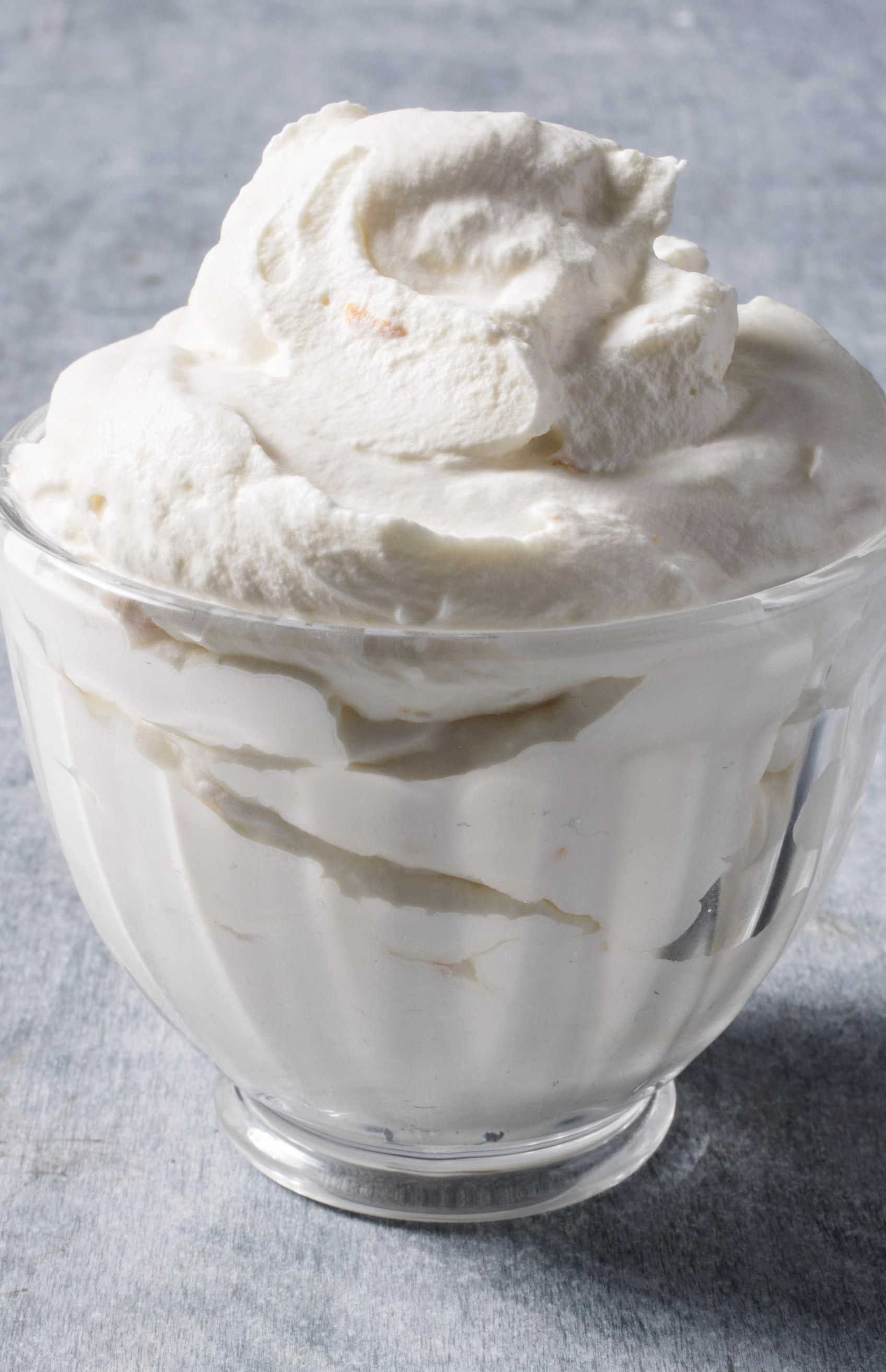
Add juice and zest to butter cream frosting.
Mix grated peel into room temperature butter and spread it on toast, warm muffins or rolls.
Use clementine sections rather than oranges when making marmalade (this makes a lovely hostess gift).
Use juice in a poultry or fish marinade; simply combine some juice, zest, sesame oil, freshly grated ginger, and Tamari sauce.
Make a tasty and beautiful spinach salad by combining sections with dried cranberries and feta cheese crumbles. Top with toasted pecans.
Thinly slice sections, place them on salmon filets and bake. Serve with fresh sprigs of parsley.
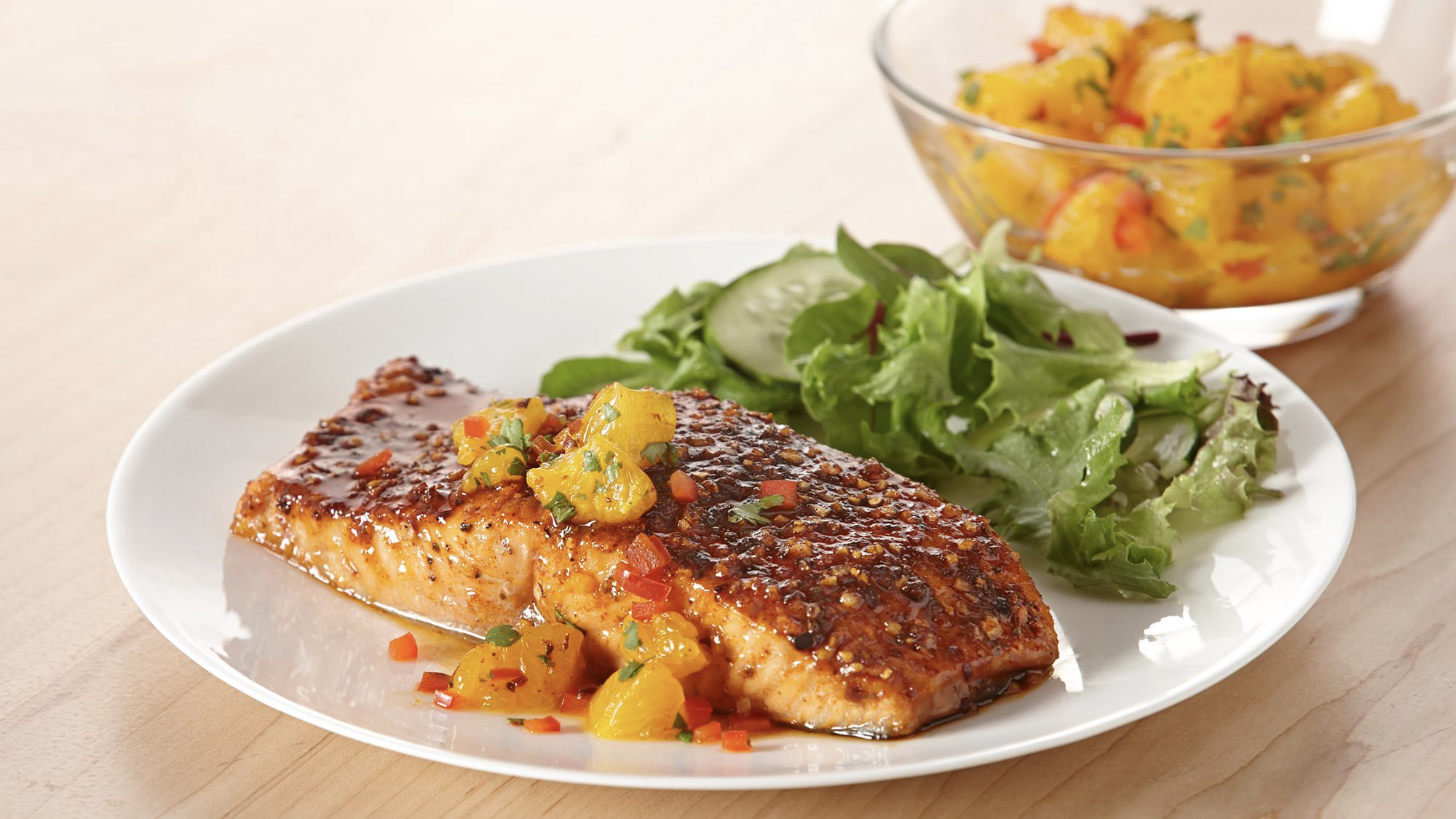
To make a delicious whole food holiday relish: pulse 2 clementines (seeds removed, but do use the skin) and a handful of fresh cranberries in a food processor until coarse. Add some grated ginger, 2 tablespoons of your favorite sweetener (I’m using raw honey), a shake of ground cloves, and any other complimentary spice that strikes you.
Dry clementine slices in your dehydrator.
And now my own idea: Blend sections of 9 or 10 clementines with vanilla-flavored Greek yogurt in a Vitamix® or Blendtec® for an incredible Orange Julius smoothie!
I’ll close with a brief tutorial on the differences between tangerines, clementines, and mandarins (in case any of you might be wondering). After all, the produce world can be a confusing place at times.
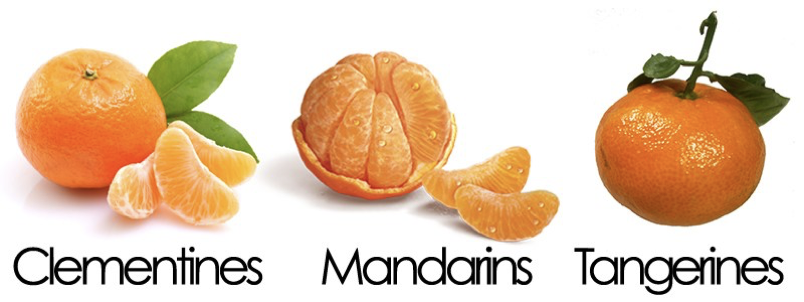
For instance, notice how sweet potatoes are sometimes called yams, and cabbage that looks clearly purple is named RED cabbage. And back to the topic of citrus, note how all those little orange fruits that come in 5-pound boxes have different names. Mandarins, tangerines, clementines, satsumas, not to mention “Cuties, “Halos,” and “Sweeties” — there are so many names used to describe small, round, orange citrus fruits. But which is which, what are the differences, and how can you tell them all apart?
Mandarins are a kind of orange (actually the original ancestor of all other oranges). They are flatter on both ends than the typical sweet orange, and easy to peel. The term mandarin in used interchangeably with the term tangerine in the Unites States, and for good reason — those thin-skinned tangerines are a type of mandarin! That’s right: Tangerines, with their bright orange, slightly mottled, pebbly skin (that is a bit tougher than a clementine’s) and their sweet-tart flavor, are one of the larger members of the mandarin family.
Clementines are also a kind of mandarin, though they are the smallest member of the family, adored for their sweet and seedless segments and smooth, deep orange, glossy peel. If you have ever purchased a net bag of “Cuties,” “Halos,” or “Sweeties,” you have, in fact, bought a bag of clementines along with some charming marketing.
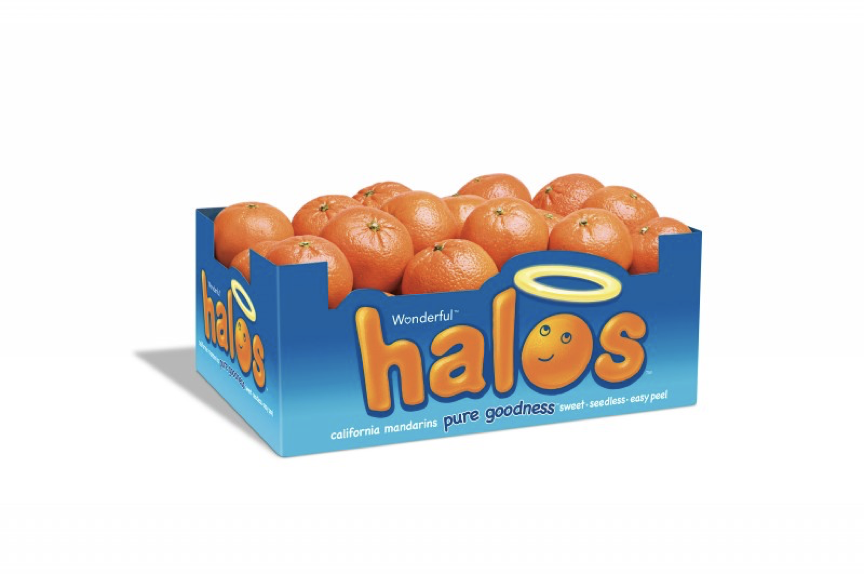
Lastly, satsumas are yet another kind of mandarin orange, originating in Japan. They are the smallest, most tender and sweetest variety and are also the easiest kind to peel. Because they are so small and tender, they are also the most fragile kind of mandarin, which means they can be harder to find in supermarkets.
Finally, here’s something good to know: When this yummy fruit is out of season and you’re missing your favorites, you might consider substituting with:
Dried Soft Tangerines, 20-ounce bags for $13.99 on snackathonfoods.com (I know, crazy expensive.) But it is an option.

Freeze-Dried Tangerines, 12 single-serve packs (0.35 ounces each) for $14.99 on amazon.com (STILL crazy expensive!) But again, it’s an option.
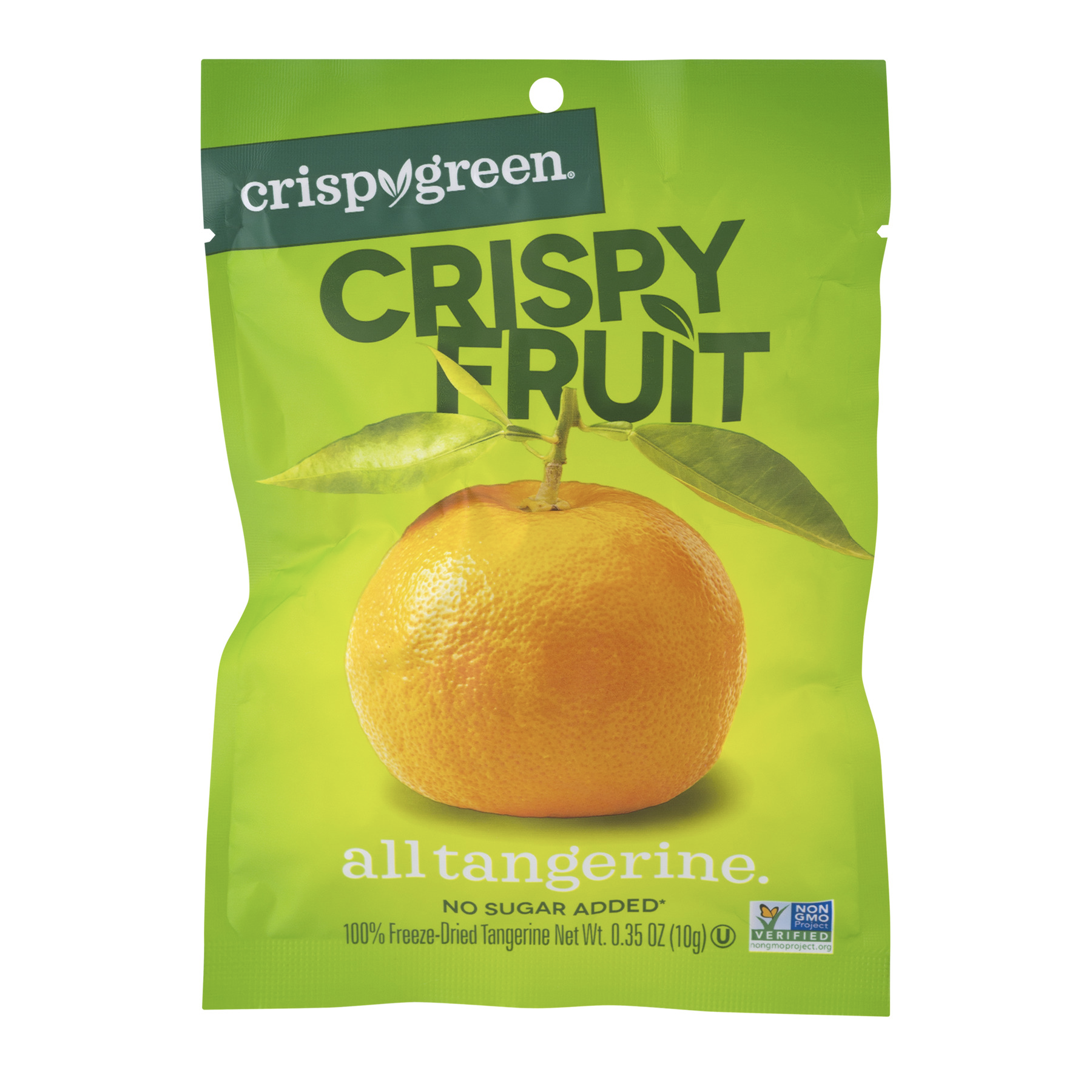
But as I write my grocery list and place Little Cuties at the top, I’m wondering in the back of my head, “Yes, it’s a great price, and yes it’s such a healthy food, but what am I going to DO with 10 pounds of clementines?” Sure, I know I can eat them with abandon, and I can give some away, but still, aren’t there other, maybe more creative answers to this question?

Well it just so happens that one of my favorite grocery stores anticipated that some would be asking this very question, so on their website they provided a long list of tasty clementine-use ideas for their shoppers. In case you’re wondering the same thing, here I share their suggestions (plus one of my own), and express my thanks to for their help:
Juice them for a wonderful change from traditional orange juice.
Add some of this juice to mineral water to make a healthy and “legal” soda pop.
Add some of this juice to your favorite herb tea.
Add zest to sweetened whipped cream.

Add juice and zest to butter cream frosting.
Mix grated peel into room temperature butter and spread it on toast, warm muffins or rolls.
Use clementine sections rather than oranges when making marmalade (this makes a lovely hostess gift).
Use juice in a poultry or fish marinade; simply combine some juice, zest, sesame oil, freshly grated ginger, and Tamari sauce.
Make a tasty and beautiful spinach salad by combining sections with dried cranberries and feta cheese crumbles. Top with toasted pecans.
Thinly slice sections, place them on salmon filets and bake. Serve with fresh sprigs of parsley.

To make a delicious whole food holiday relish: pulse 2 clementines (seeds removed, but do use the skin) and a handful of fresh cranberries in a food processor until coarse. Add some grated ginger, 2 tablespoons of your favorite sweetener (I’m using raw honey), a shake of ground cloves, and any other complimentary spice that strikes you.
Dry clementine slices in your dehydrator.
And now my own idea: Blend sections of 9 or 10 clementines with vanilla-flavored Greek yogurt in a Vitamix® or Blendtec® for an incredible Orange Julius smoothie!
I’ll close with a brief tutorial on the differences between tangerines, clementines, and mandarins (in case any of you might be wondering). After all, the produce world can be a confusing place at times.

For instance, notice how sweet potatoes are sometimes called yams, and cabbage that looks clearly purple is named RED cabbage. And back to the topic of citrus, note how all those little orange fruits that come in 5-pound boxes have different names. Mandarins, tangerines, clementines, satsumas, not to mention “Cuties, “Halos,” and “Sweeties” — there are so many names used to describe small, round, orange citrus fruits. But which is which, what are the differences, and how can you tell them all apart?
Mandarins are a kind of orange (actually the original ancestor of all other oranges). They are flatter on both ends than the typical sweet orange, and easy to peel. The term mandarin in used interchangeably with the term tangerine in the Unites States, and for good reason — those thin-skinned tangerines are a type of mandarin! That’s right: Tangerines, with their bright orange, slightly mottled, pebbly skin (that is a bit tougher than a clementine’s) and their sweet-tart flavor, are one of the larger members of the mandarin family.
Clementines are also a kind of mandarin, though they are the smallest member of the family, adored for their sweet and seedless segments and smooth, deep orange, glossy peel. If you have ever purchased a net bag of “Cuties,” “Halos,” or “Sweeties,” you have, in fact, bought a bag of clementines along with some charming marketing.

Lastly, satsumas are yet another kind of mandarin orange, originating in Japan. They are the smallest, most tender and sweetest variety and are also the easiest kind to peel. Because they are so small and tender, they are also the most fragile kind of mandarin, which means they can be harder to find in supermarkets.
Finally, here’s something good to know: When this yummy fruit is out of season and you’re missing your favorites, you might consider substituting with:
Dried Soft Tangerines, 20-ounce bags for $13.99 on snackathonfoods.com (I know, crazy expensive.) But it is an option.

Freeze-Dried Tangerines, 12 single-serve packs (0.35 ounces each) for $14.99 on amazon.com (STILL crazy expensive!) But again, it’s an option.

Sources:
- www.cutiescitrus.com
- www.pinterest.com
- www.mccormick.com
- www.goodwholefood.com
- www.emilyreviews.com
- www.instacart.com
- www.walmart.com
 Alice Osborne
Alice Osborne
Weekly Newsletter Contributor since 2006
Email the author! alice@dvo.com
